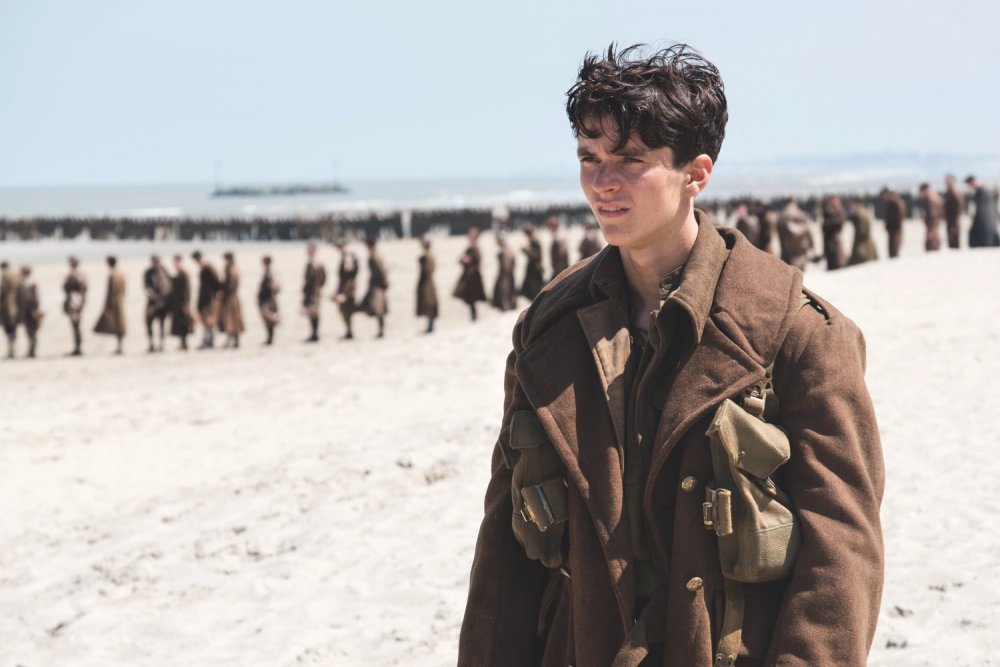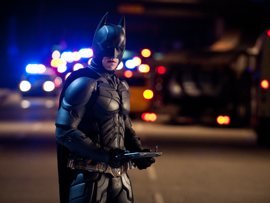Right from the outset of his directorial career, Christopher Nolan evinced a penchant for playing tricks with timelines. His 1998 micro-budget debut feature Following (made for about £3,500 and shot with a bunch of friends on found London locations over six months of Saturdays) took a classic film noir triangle – villain, fall guy, femme fatale – and audaciously presented it out of sequence, challenging us to rearrange the pieces and, precisely, follow the story. Since then we’ve had, inter alia, the reversed-out narrative puzzle of Memento (2000), the back-and-forth jumps of Batman Begins (2005), the multilayered, what’s-happening-when-and-to-whom dream labyrinth of Inception (2010) and the ‘one hour in space equals seven years on Earth’ paradoxes of Interstellar (2014).
USA/United Kingdom 201
Certificate 12A 106m 28s
Director Christopher Nolan
Cast
Tommy Fionn Whitehead
Peter Dawson Tom Glynn-Carney
Collins Jack Lowden
Alex Harry Styles
Gibson Aneurin Barnard
Colonel Winnant James D’Arcy
George Barry Keoghan
Commander Bolton Kenneth Branagh
shivering soldier Cillian Murphy
Mr Dawson Mark Rylance
Farrier Tom Hardy
[2.35:1]
IMAX 70mm [1.43:1]
IMAX Digital [1.90:1]
70mm 5-perf/Digital Cinema [2.20:1]
IMAX running time 106m 58s
UK release date 21 July 2017
Distributor Warner Bros. Pictures International (UK)
movies.powster.com/dunkirk
► Trailer
Early on, Dunkirk (Nolan’s first British film since Following, though 2006’s The Prestige is set mainly in London) announces itself via onscreen titles as taking place in three locations: ‘The Mole’ (the long wood-surfaced breakwater off Dunkirk beach where large ships can berth), ‘The Sea’ and ‘The Air’, dealing respectively, as we soon learn, with the Allied troops trapped on the Pas de Calais beaches in May-June 1940, with one of the small civilian boats that responded to calls for rescue missions, and with the Spitfire pilots sent to protect the troops from enemy air attack. What’s less clear, and may well confuse audiences (though probably not as much as they were confused by Inception), is that each sector of the film represents a different duration: ‘The Mole’ covers a week, ‘The Sea’ a day and ‘The Air’ merely an hour. But all three sectors run almost the full length of the film and, thanks not least to Nolan’s sinewy intercutting, give the impression of being strung out simultaneously along the same time-elapse.
This, though, is the only major aspect of Dunkirk that doesn’t quite work. Nolan’s personal vision and exceptional talent have never been in doubt, but his more recent films – notably the aforementioned Inception and Interstellar – have seemed to indulge in intricate narrative complexity for the sake of it, making it almost impossible to respond to them emotionally when you’re spending half the time trying to work out just what the hell is going on; movies that feel, as Nick Pinkerton put it in his review of Interstellar, “like being tangled up in a pile of infinitely unfolding, some-assembly-required instructions… full of dialogue that’s like the recital of a How To manual”. But with Dunkirk, his first film dealing with a real-life event, the director has shifted out of cerebral overdrive and rediscovered a welcome directness and simplicity. A lot of the time, in fact, it’s what he doesn’t do that makes the film so powerful.
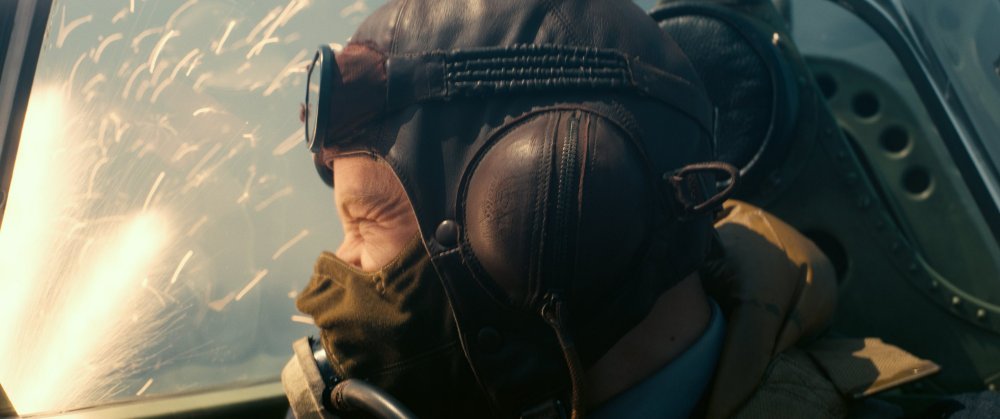
The payoff, in terms of sheer emotional and visceral impact, is immense. It helps a lot that dialogue is kept to a minimum; very little is explained to us, or needs to be. Such dialogue as occurs is terse and revealing, as when Colonel Winnant (James D’Arcy), CO of the troops, urges his naval counterpart, Commander Bolton (Kenneth Branagh), to bring more ships to rescue his men. “What are you saving them for?” he demands. “The next battle,” Bolton responds, “the one for Britain.” And Bolton’s comment that “one stretcher takes the place of seven standing men” sums up the kind of agonising decisions that had to be taken.
We don’t spend much time with the top brass, though. For most of the action our perspective is with a few individuals at the sharp end: the men on the beach, the Spitfire pilots, the civilians in their small boats. No backstories for anybody; it’s what’s happening to them here and now that matters. And Nolan further concentrates his focus by showing us only the Allied side. The enemy manifests simply as bullets that fly lethally out of nowhere; only at the very end, after the lead Spitfire pilot, Farrier (Tom Hardy), has landed his out-of-fuel plane on a beach and set light to it, do we see two shadowy, steel-helmeted figures lead him away.
This narrowing down, along with Hans Zimmer’s relentless, pulsating score, vibrating with tension and snarling with urgency, intensifies the immediacy of the action, which swings between resigned passivity – the long, orderly queues on the beach, patiently waiting, ineffably British, as if for the No 38 bus – and the desperate scrambling, cowering panic when the bombs fall, the ships are torpedoed and the strafing Stukas dive viciously at the scattering soldiery. Nolan, as ever, uses a minimum of CGI, doing (as he says) “as much as possible for real” – which means thousands of physical extras, genuine planes genuinely flying in the dogfights, and shooting on Dunkirk beach itself – and the gain in a terrifying sense of actuality makes for a shatteringly convincing spectacle.
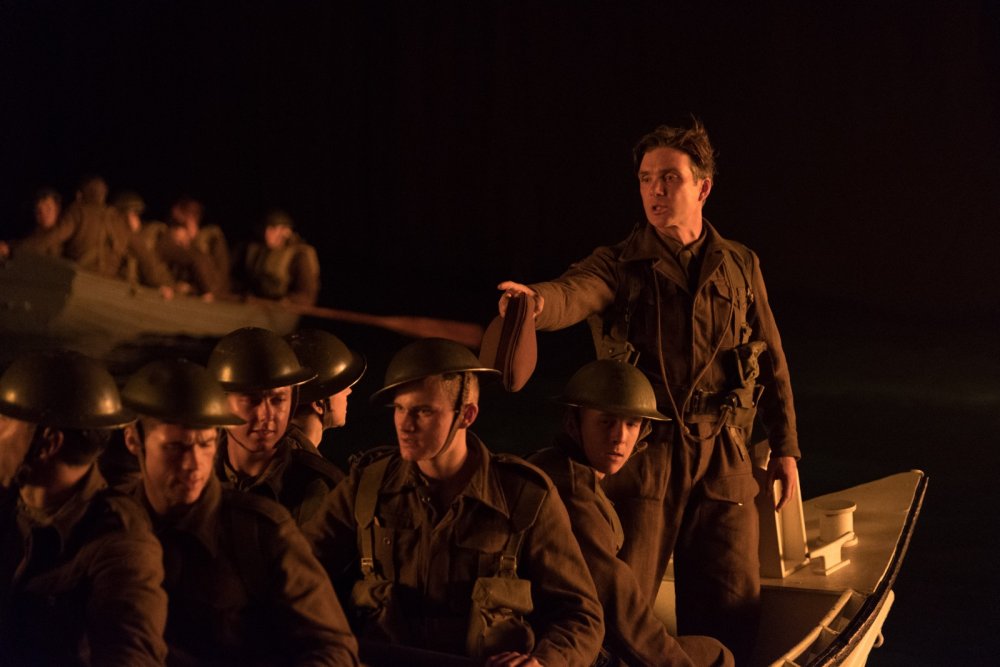
Cillian Murphy as ‘shivering soldier’
The terror is especially potent in its after-effects: Cillian Murphy gives a wrenching performance as the unnamed ‘Shivering Soldier’ who, rescued from an upturned hull by Mr Dawson (a quietly resolute Mark Rylance) in his little boat, goes violently berserk when he learns they’re heading for Dunkirk. And at one point we also see, in long shot, an even more anonymous soldier, who, in full uniform and with backpack, simply walks into the water and vanishes, evidently driven to despair by the endless waiting. There are many deaths, of course, but Nolan doesn’t dwell on any of them – not even when oil spilled from capsized ships catches fire on the sea, horribly burning alive men swimming for safety. Instead, a shot along the beach, late on in the film, of hundreds of tin hats lying on the sand tells us all we need to know.
Very briefly Dunkirk edges towards a hint of last-reel triumphalism, as the young soldier Tommy (newcomer Fionn Whitehead, resourceful but touchingly vulnerable), safely back in England, reads Churchill’s “fight them on the beaches” speech in the paper and Zimmer’s motoric score segues into Elgar (‘Nimrod’ from the Enigma Variations, inevitably). Justifiable, perhaps, in a film about the greatest ‘victory snatched from the jaws of defeat’ in British history, the “colossal military disaster” (Churchill again) that perhaps determined the final outcome of the war.
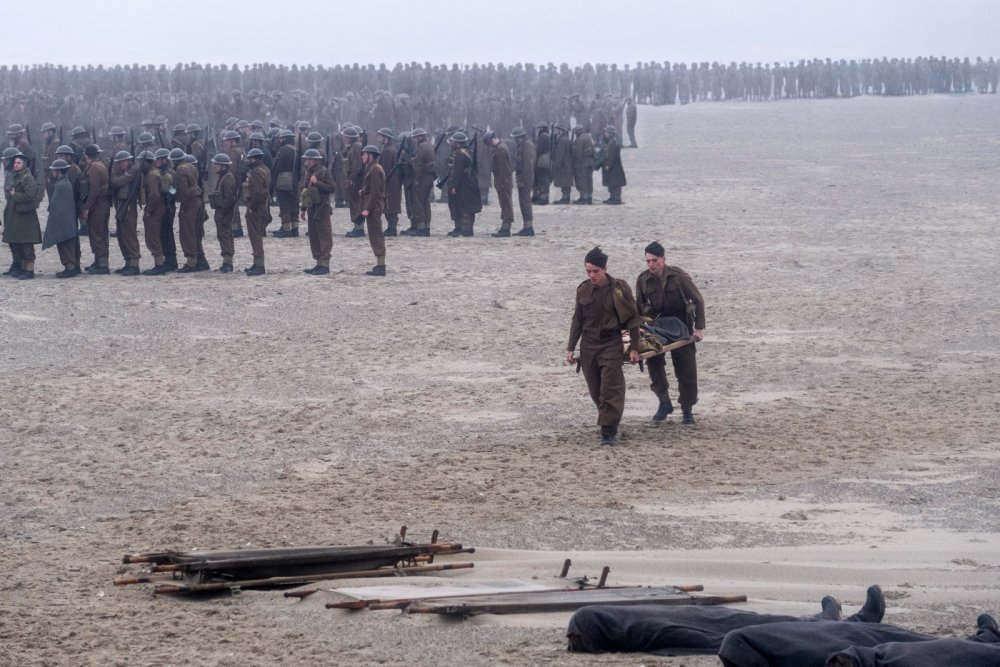
But for the most part of the film’s surprisingly economical 106-minute running time, Nolan, shooting in 65mm and his beloved Imax, relies on the vivid power of his imagery and a near-faultless instinct for pacing to immerse us in his story. He doesn’t try to emulate the look-at-me virtuosity of Joe Wright’s famous five-and-a-half-minute unbroken take in the Dunkirk episode of Atonement (2007) – which film, interestingly, he seems disinclined to acknowledge in interviews – but with DP Hoyte van Hoytema (who also worked on Interstellar) on camera there’s a strong sense of filmmakers knowing just when to hold a shot, when to track in or out on a key moment, when to cut, without any feeling of intrusive technique.
In the wake of the Dunkirk evacuation, Churchill (yes, him again) famously suggested that this might come to be regarded as Britain’s “finest hour”. Dunkirk might just be Christopher Nolan’s.
In the August 2017 issue of Sight & Sound
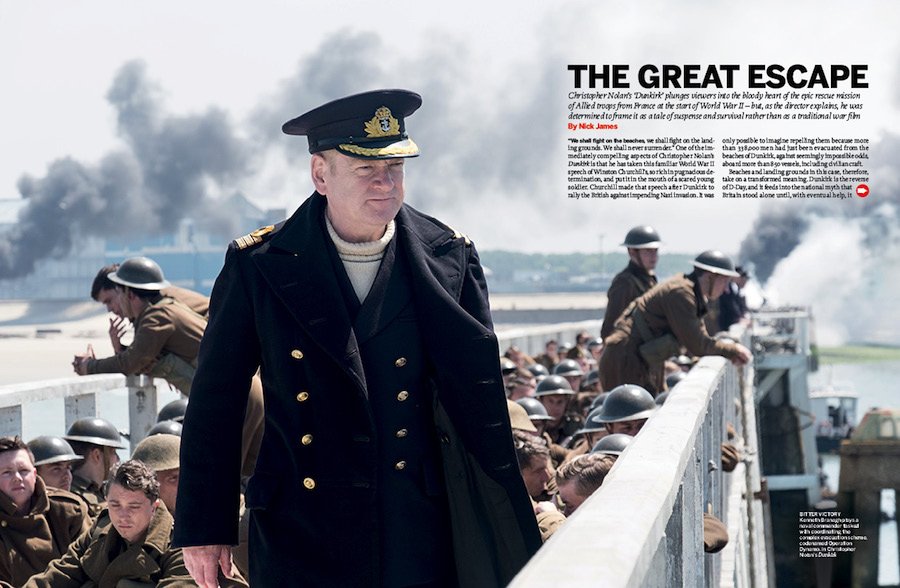
The great escape
Christopher Nolan’s Dunkirk plunges viewers into the bloody heart of the epic rescue mission of Allied troops from France at the start of World War II – but, as the director explains, he was determined to frame it as a tale of suspense and survival rather than as a traditional war film. By Nick James.
+
Dunkirk producer Emma Thomas met Christopher Nolan when they were students at University College London, and produced his short film Doodlebug in 1997. She has worked on all of Nolan’s features since his debut Following in 1998, and co-founded their production company Syncopy in 2001.
+
Dutch-Swedish cinematographer Hoyte van Hoytema’s credits include Let the Right One In (2008), Tinker Tailor Soldier Spy (2011), Her (2013) and Spectre (2015). Dunkirk is Hoytema’s second collaboration with Christopher Nolan, after Interstellar (2014).
-
Sight & Sound: the August 2017 issue

Christopher Nolan on Dunkirk and real film, plus Sofia Coppola on The Beguiled, Jane Campion and Elisabeth Moss on Top of the Lake and Jean-Pierre...
-
The Digital Edition and Archive quick link
Log in here to your digital edition and archive subscription, take a look at the packages on offer and buy a subscription.




